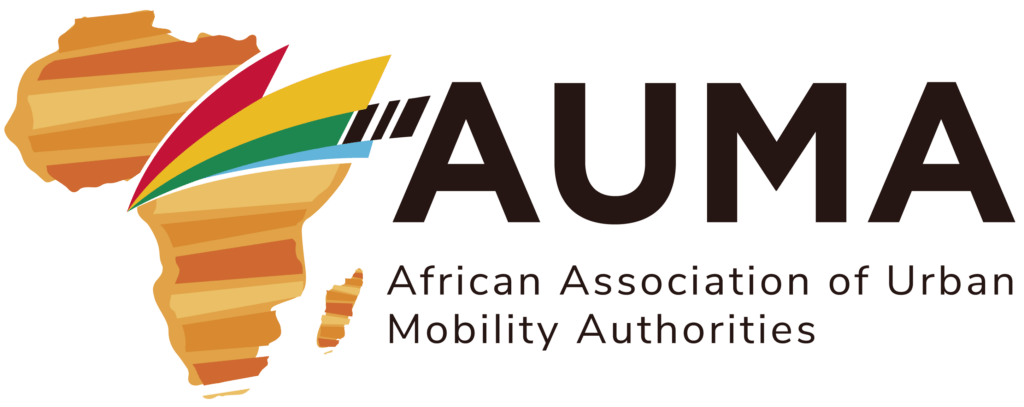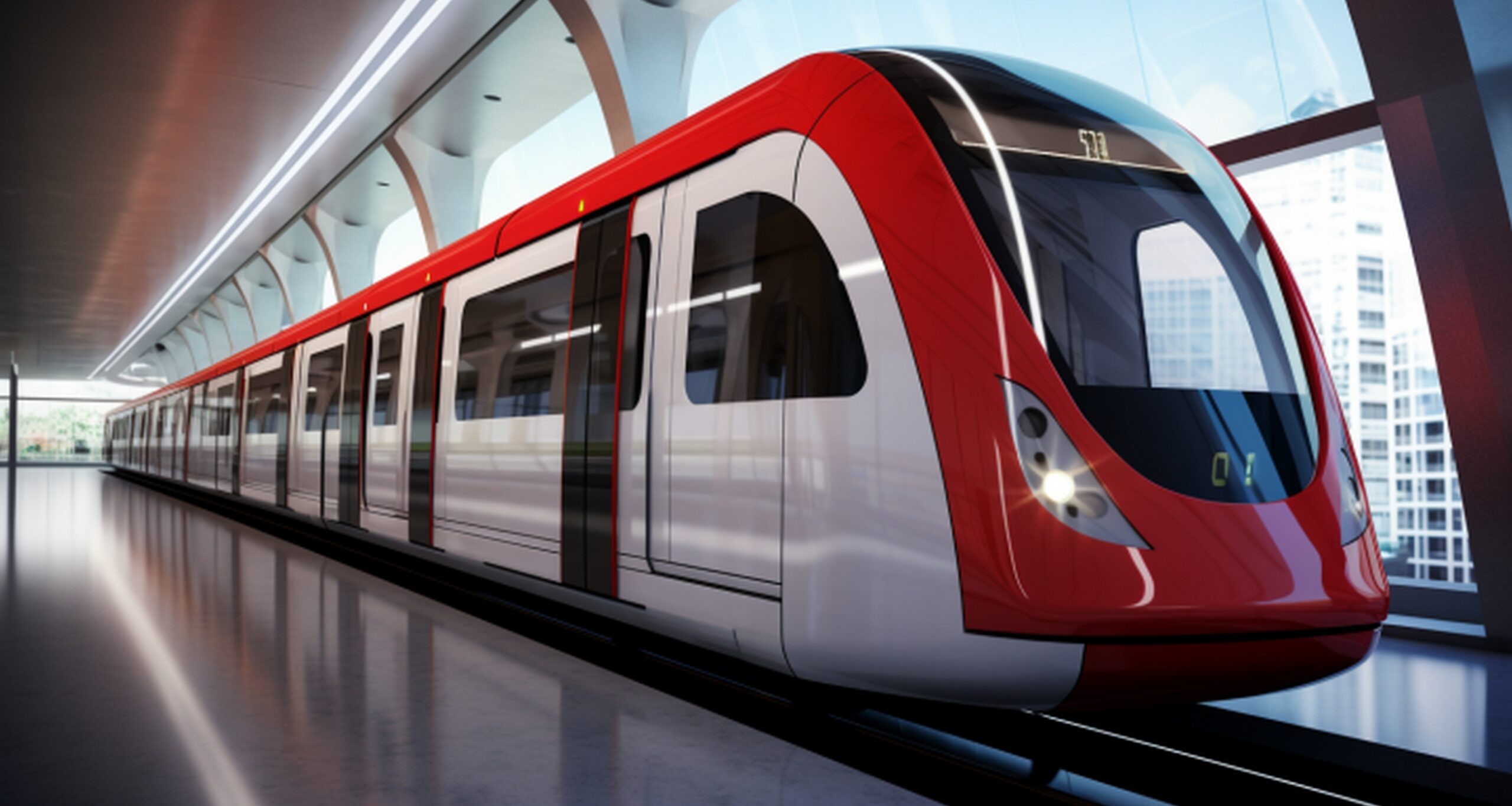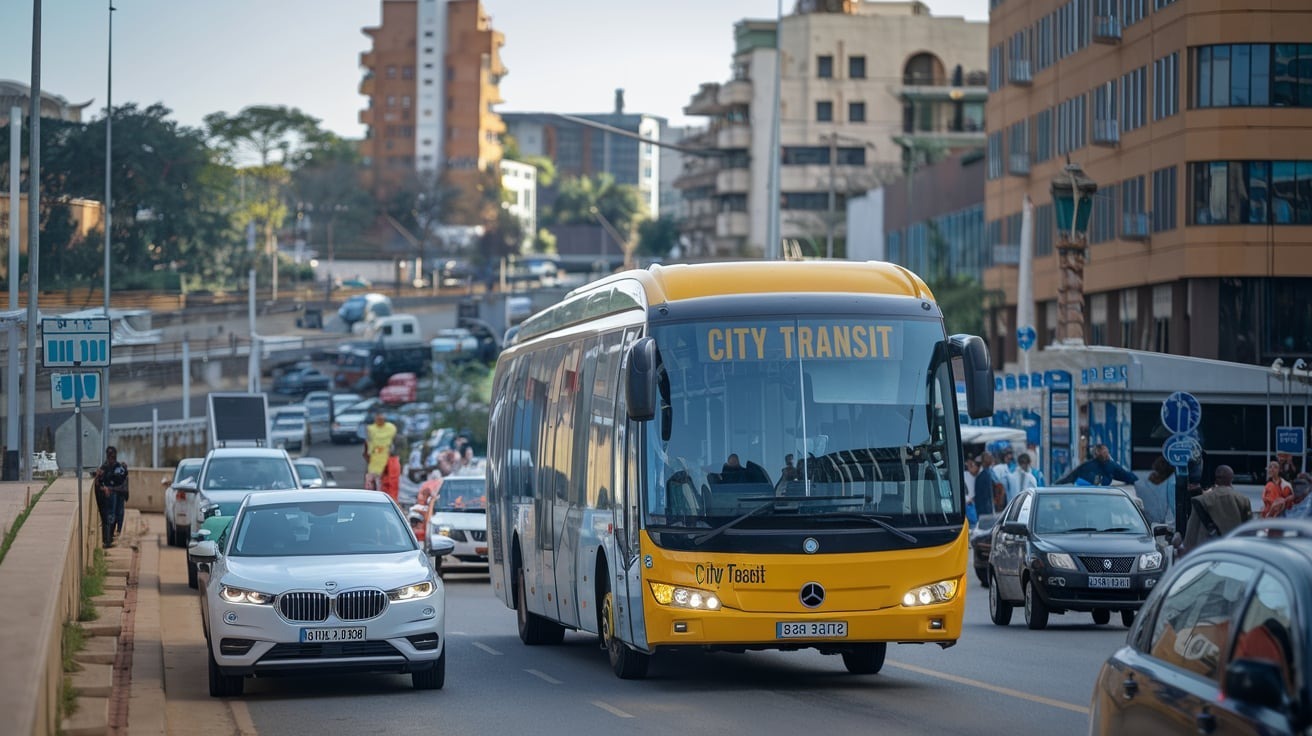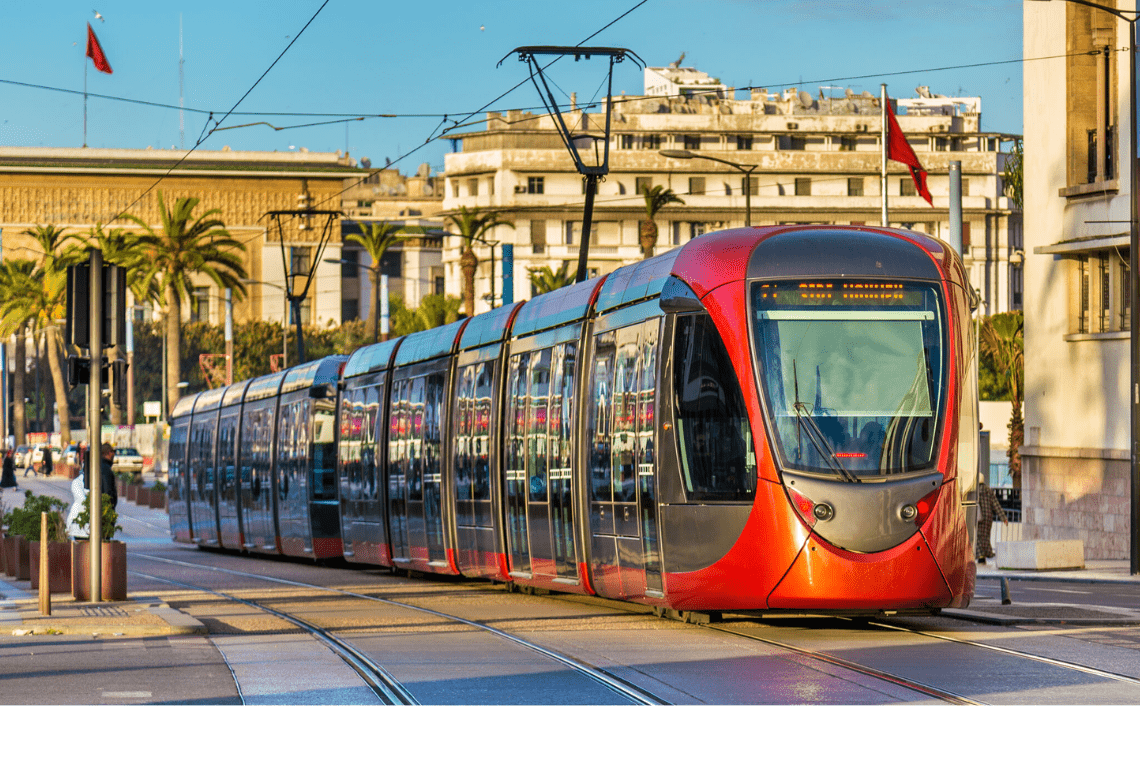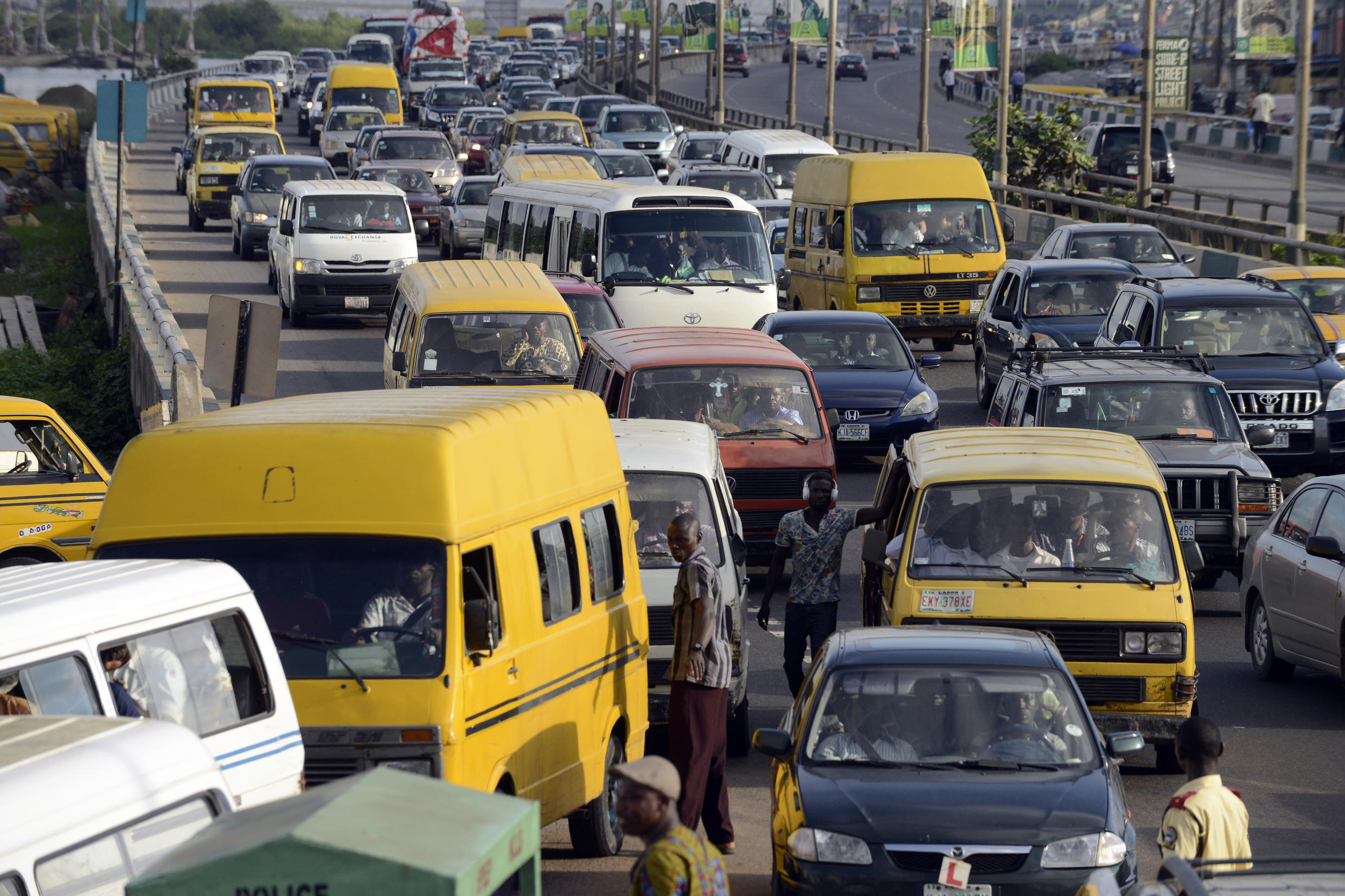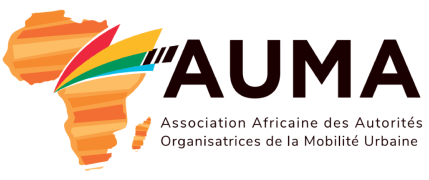In major cities around the world, and especially in Africa, urban mobility is a major challenge. Traffic congestion, lack of adequate infrastructure, and limited access to public transportation make daily commutes difficult for residents. In response to these issues, digital technologies are offering innovative solutions, and mobile applications are now emerging as essential tools to improve the efficiency and accessibility of urban transportation.
Thanks to these applications, it is now possible to plan a journey in real time, purchase digital tickets, and receive instant notifications about network disruptions. But beyond simply optimizing travel, these tools play a key role in social inclusion by making transport services more accessible to a wider population, including people with reduced mobility and low-income users.
In this article, we will explore the role of mobile applications in improving urban mobility, highlighting the innovations that are transforming travel habits. We will also examine concrete examples of African cities that have adopted these technologies, as well as the remaining challenges to be addressed in the pursuit of smarter and more inclusive mobility.
I. The Role of Mobile Applications in Urban Mobility
Mobile applications have profoundly transformed the way city dwellers move around on a daily basis. With the rise of digital technologies, they offer practical solutions to optimize routes, simplify access to transportation, and enhance the overall user experience.
1.1. Journey Planning: Better Anticipation of Travel
One of the main benefits of mobile applications is the ability to plan a journey efficiently. Platforms such as Google Maps, Moovit, and local transport apps allow users to:
- Check real-time schedules for buses, trains, and other public transport options.
- Compare different routes to choose the fastest or least congested one.
- Integrate various modes of transport (buses, metro, ride-hailing services, shared bikes) to suggest multimodal journeys.
This ability to anticipate travel helps reduce user stress and improves the fluidity of transport networks.
1.2. Digital Payment and Ticketing: Toward Seamless Mobility
Digital payment is another major advancement driven by mobile applications. Many cities are adopting digital ticketing solutions, allowing travelers to purchase their transport tickets directly via their smartphones. This digital shift offers several advantages:
- Time-saving: no more waiting in line at ticket counters or vending machines.
- Enhanced security: reduced cash transactions lower the risks of theft or fraud.
- Improved accessibility: integration with mobile money platforms such as M-Pesa (Kenya), Orange Money, or Wave makes payments accessible even to unbanked users.
Some apps go even further by offering digital subscriptions or discounts for frequent travel, thereby encouraging the use of public transportation.
1.3. Real-Time Information and Alerts: Toward More Responsive Mobility
One of the major challenges of urban mobility in Africa lies in managing unexpected events—sudden traffic jams, delays in public transport, strikes, or technical incidents. To address these issues, more and more mobile applications are offering real-time updates that allow users to anticipate disruptions and adjust their journeys accordingly.
- Instant notifications: Apps like Moovit, used in cities such as Lagos, Cairo, and Casablanca, send alerts when major disruptions occur on bus or metro lines, helping users adapt their schedules or switch routes.
- Participatory apps like Waze: Widely used in countries such as Morocco, South Africa, and Nigeria, Waze enables drivers and ride-hailing operators to report traffic jams, accidents, or roadworks in real time. The app relies on user-generated data to suggest smoother alternative routes.
- Thanks to these tools, mobility becomes more dynamic, collaborative, and tailored to real-world conditions—even in complex and often unpredictable urban environments.
By combining smart planning, simplified payment solutions, and real-time information, mobile applications play a central role in improving urban mobility. However, their impact goes beyond just efficiency—they also contribute to making mobility more inclusive, as we’ll explore in the next section.
II. Toward More Inclusive Mobility Through Digital Solutions
While mobile applications have revolutionized urban mobility by making travel easier, they also play a key role in promoting social inclusion. By integrating features tailored to the specific needs of different user groups, these digital tools help make transportation more accessible and equitable.
2.1. Accessibility for All: Mobility for People with Disabilities
One of the major challenges of urban mobility is ensuring accessibility for people with reduced mobility. Thanks to mobile applications, several solutions have been developed to improve their travel experience:
- Voice guidance and adapted interfaces: Apps like Moovit and Google Maps offer screen reader features for visually impaired users.
- Mapping accessible infrastructure: Some platforms help identify metro stations, bus stops, or routes that are wheelchair-friendly.
- Specialized transport services: Apps such as Uber Assist offer booking options for vehicles equipped to transport people with disabilities.
2.2. Democratizing Transport Services: Solutions for Low-Income Populations
In many African cities, access to public transportation can be expensive and unreliable, especially for low-income communities. Mobile applications help make mobility more affordable by offering:
- Flexible fares and discounts: Some apps include loyalty programs or carpooling options to lower travel costs.
- Integration with mobile money: In cities like Nairobi or Abidjan, platforms such as Moja Ride enable users to pay using mobile money services, eliminating the need for a bank account.
- Low-cost on-demand transport: Startups like SWVL in Egypt or inDrive in Nigeria offer shared minibus services at more competitive rates than traditional taxis.
These innovations allow users to better manage their transportation expenses and gain access to services that were once reserved for the urban elite.
2.3. Promoting Multimodality: Integrating Different Modes of Transport on One Platform
Inclusive mobility goes beyond traditional public transport. Increasingly, apps are offering a multimodal approach, allowing users to combine several modes of transport within a single journey:
- Integration of shared bikes and scooters: Apps like Yango Maps or Bolt allow users to rent bikes or electric scooters to complement their public transport journeys.
- Solutions for underserved areas: In some urban outskirts, on-demand collective transport services are set up via apps, making access to remote areas easier.
By promoting these new forms of mobility, mobile applications help improve transport efficiency while reducing access inequalities.
Thanks to these advancements, urban mobility is gradually becoming more inclusive, but challenges remain, particularly in terms of regulation and infrastructure. The next section will highlight concrete initiatives in Africa and the challenges to overcome for widespread adoption of these digital solutions.
III. Case Studies in Africa: Solutions Tailored to Local Realities
Africa is experiencing rapid urbanization, leading to an increased demand for effective and accessible mobility solutions. Faced with infrastructure challenges and congestion, several cities have adopted innovative mobile applications to improve their transport systems. Here are some concrete examples that illustrate how these technologies are transforming urban mobility on the continent.
3.1. Lagos (Nigeria) – Optimizing Routes with OPay and Gokada
Lagos, one of the most populous cities in Africa, suffers from chronic traffic congestion. To address this challenge, several digital solutions have emerged:
- OPay: Initially launched as a mobile payment app, OPay quickly expanded by offering transport services through OTrike (motorized tricycles) and OBus (minibuses). This solution allows users to book rides and pay directly via the app, reducing the reliance on cash.
- Gokada: This motorcycle taxi startup revolutionized transport by offering a fast and affordable alternative to traffic jams. Through a mobile app, users can order a moto-taxi with just a few clicks, track their ride in real time, and enjoy a secure service.
These solutions have improved travel fluidity while providing stable income opportunities for drivers.
3.2. Abidjan (Ivory Coast) – Yango: An Innovative Platform for Urban Mobility
In Abidjan, the economic capital of Ivory Coast, mobility challenges are significant: frequent traffic jams, a limited public transport network, and rapid population growth. To address these issues, the Yango app, launched in 2019, quickly became a key player in digital urban transport.
- An Accessible and Structured Ride-Hailing Service
Yango offers a ride-hailing (VTC) service through an intuitive mobile app, available on Android and iOS. The service is based on a network of partner drivers, providing affordable rides with fixed, upfront pricing. Unlike traditional taxis, users benefit from an accurate trip estimate, real-time GPS tracking, and a driver rating system. - Features Tailored to Local Realities
Yango stands out by offering services designed specifically for the Ivorian context:
- Cash payment or mobile money (Wave, Orange Money), making it accessible to unbanked individuals.
- Different service levels (Eco, Comfort) to cater to different budgets and user preferences.
- Community reporting: users and drivers can report traffic jams, slowdowns, or areas to avoid, allowing the app to optimize routes and provide real-time information to other users.
- A Tangible Impact on Mobility
The arrival of Yango in Abidjan has helped structure the private transport market and progressively digitize practices. It offers a reliable, secure, and modern alternative to traditional taxis, which are often seen as unreliable. Furthermore, by collaborating with many local drivers, the platform has created sustainable economic opportunities within the informal sector.
3.3. Nairobi (Kenya) – Digitizing Matatus with Little Cab and SWVL
In Nairobi, matatus (shared minivans) are the primary mode of transport for a large portion of the population, but their management is often chaotic. Mobile apps like Little Cab and SWVL have been developed to structure this transport offering:
- Little Cab: Similar to Uber, this app allows users to book ride-hailing services, but it also offers shared transport services, providing a flexible and affordable alternative to traditional taxis.
- SWVL: This Kenyan startup offers an on-demand shared bus service. Unlike traditional matatus, SWVL buses follow fixed routes and can be booked via the app, ensuring more safety and predictability for users.
These solutions improve the management of passenger flows and reduce waiting times, while providing safer and more organized alternatives to traditional transport modes. The rise of these digital solutions highlights the growing importance of digitization in urban transport across Africa.
A Growing Model
These various case studies demonstrate that the use of mobile applications in urban mobility across Africa continues to expand. Whether it’s improving the management of public transport, offering safer alternatives, or facilitating digital payments, these technologies adapt to local realities and address the specific needs of users.
However, despite these advancements, challenges remain, particularly in terms of connectivity, infrastructure, and regulation. These issues will be addressed in the next section.
IV. Challenges and Future Perspectives
While mobile applications are transforming urban mobility in Africa, their widespread adoption still faces several challenges. Infrastructure issues, complex regulation, and inequalities in access to technology hinder their full deployment. However, the prospects remain promising, particularly thanks to technological innovations and better coordination between public and private stakeholders.
4.1. Technical and Economic Barriers: Limited Access to Digital Tools
One of the main barriers to the development of mobile transport solutions is the inequality in access to technology:
- Smartphone and Internet penetration rates: Despite rapid progress, the cost of smartphones and mobile data remains high for a segment of the African population, limiting the use of transport apps.
- Reliability of digital infrastructure: Unstable internet connections in certain areas make it difficult to use apps that require real-time updates.
- High cost of digital services: Ride-hailing or connected bus platforms are often seen as too expensive by low-income users, hindering their widespread adoption.
To overcome these barriers, solutions tailored to local realities need to be implemented, such as the development of low-data consumption apps and the integration of accessible payment methods, such as mobile money.
4.2. Governance and Regulation Issues: Striking a Balance
The rapid emergence of mobile transport applications presents challenges in terms of governance and regulation. In several countries, the lack of a clear legal framework for these new platforms creates tensions between traditional transport operators and digital startups.
- Conflicts with traditional operators: The rise of ride-hailing services and connected buses competes directly with taxis and informal transport, sometimes generating resistance from unions and drivers.
- Regulation and taxation of digital platforms: Governments are seeking to better regulate these services, particularly by imposing operating licenses and specific taxes, which may hinder innovation.
- Safety and service quality issues: Some apps still lack control over driver training and vehicle maintenance, raising concerns about passenger safety.
Better collaboration between governments, startups, and traditional transport stakeholders is essential to ensure balanced regulation that encourages innovation while protecting users.
4.3. Towards Smart Mobility: The Role of Artificial Intelligence and Data
The future of urban mobility in Africa lies in the deeper exploitation of data and artificial intelligence (AI) to optimize transport systems.
- Passenger flow analysis: By collecting and analyzing movement data, authorities and transport companies can adjust routes and vehicle frequencies based on actual demand.
- Predictive transport systems: AI can help anticipate traffic jams and offer real-time alternatives to users.
- Optimization of multimodal networks: By integrating buses, trains, ride-hailing services, bikes, and scooters on a single platform, mobility apps can offer a smoother and more efficient experience.
Initiatives are already emerging, particularly with the use of big data for public transport management in some African cities.
Conclusion
Mobile applications are profoundly transforming urban mobility in Africa by providing innovative solutions to improve accessibility, flow, and efficiency in transport. Through these digital tools, users can better plan their trips, pay digitally for their journeys, and access real-time information, thereby reducing the constraints of often unpredictable public transport.
Beyond efficiency, these technologies also promote more inclusive mobility by addressing the needs of vulnerable populations, including people with disabilities and those with low incomes. By facilitating the integration of various modes of transport – buses, ride-hailing services, motorcycle taxis, and shared bikes – they contribute to the development of more accessible and better-connected cities.
However, despite these advancements, several challenges remain. Unequal access to smartphones and the internet, lack of clear regulation, and resistance from traditional transport actors still hinder the widespread adoption of these solutions. For these innovations to benefit everyone, better collaboration between public authorities, startups, and transport operators is essential.
The future of urban mobility in Africa will depend on cities’ ability to harness new technologies while ensuring appropriate regulation and equitable access to digital services. By overcoming these obstacles, mobile applications can fully play their role in transforming urban transport, contributing to smoother, safer, and more inclusive mobility for millions of city dwellers.
